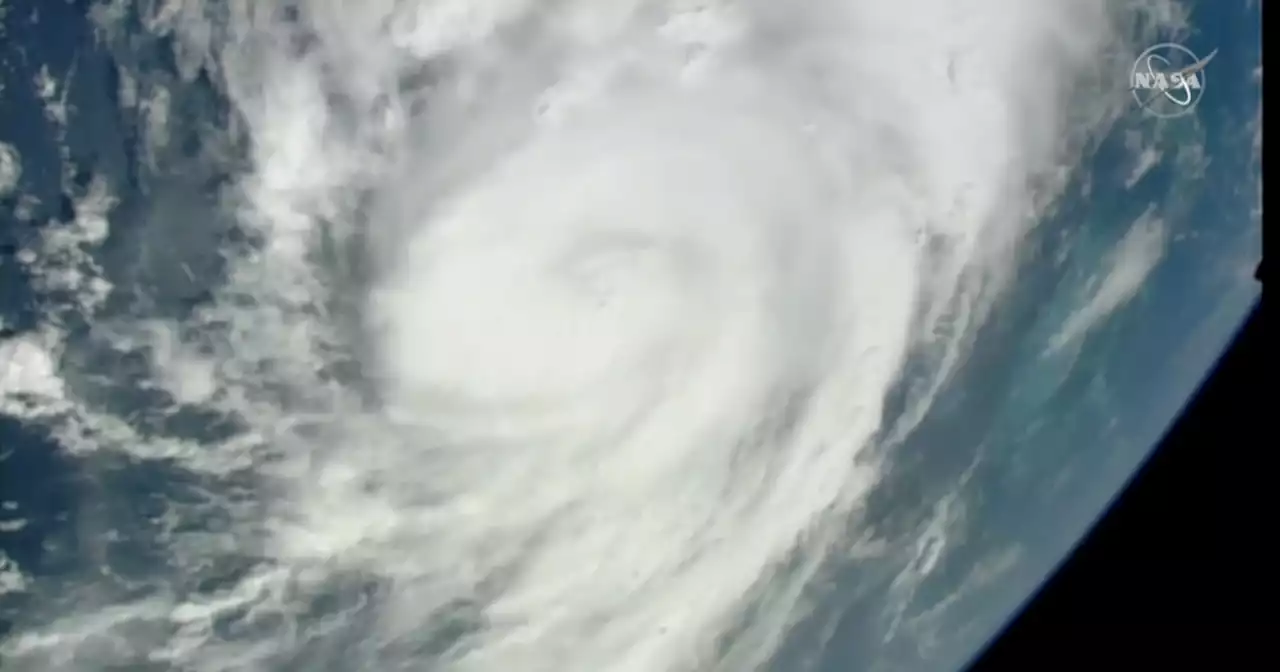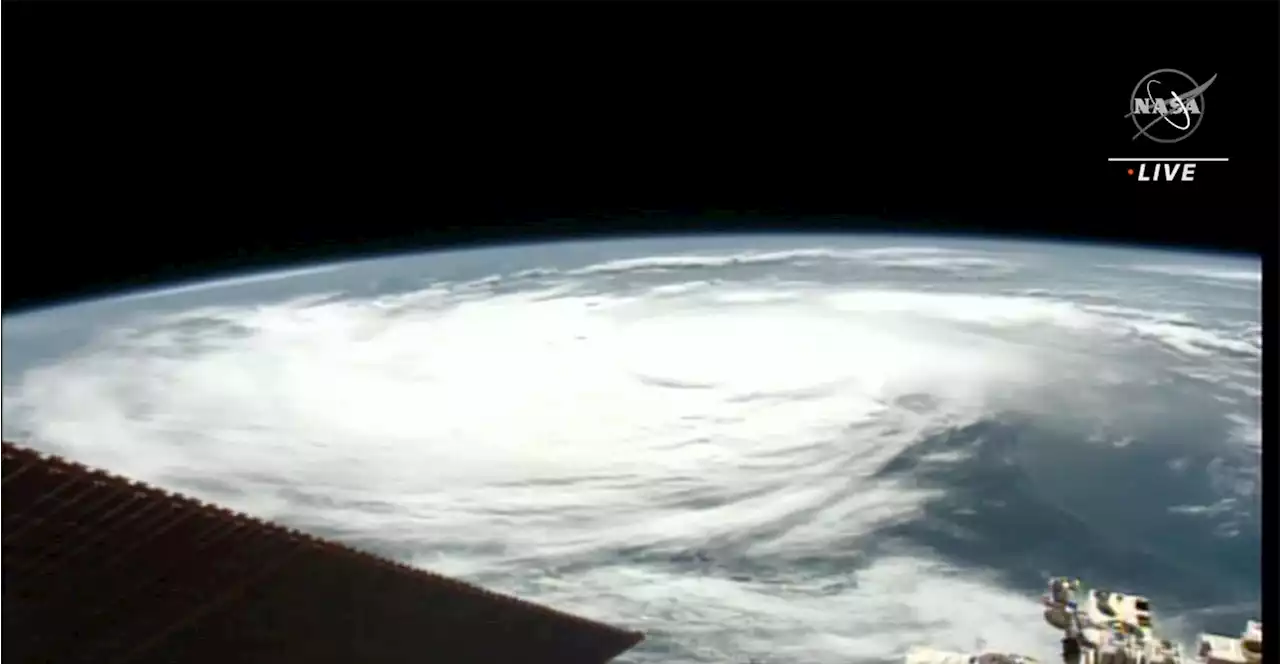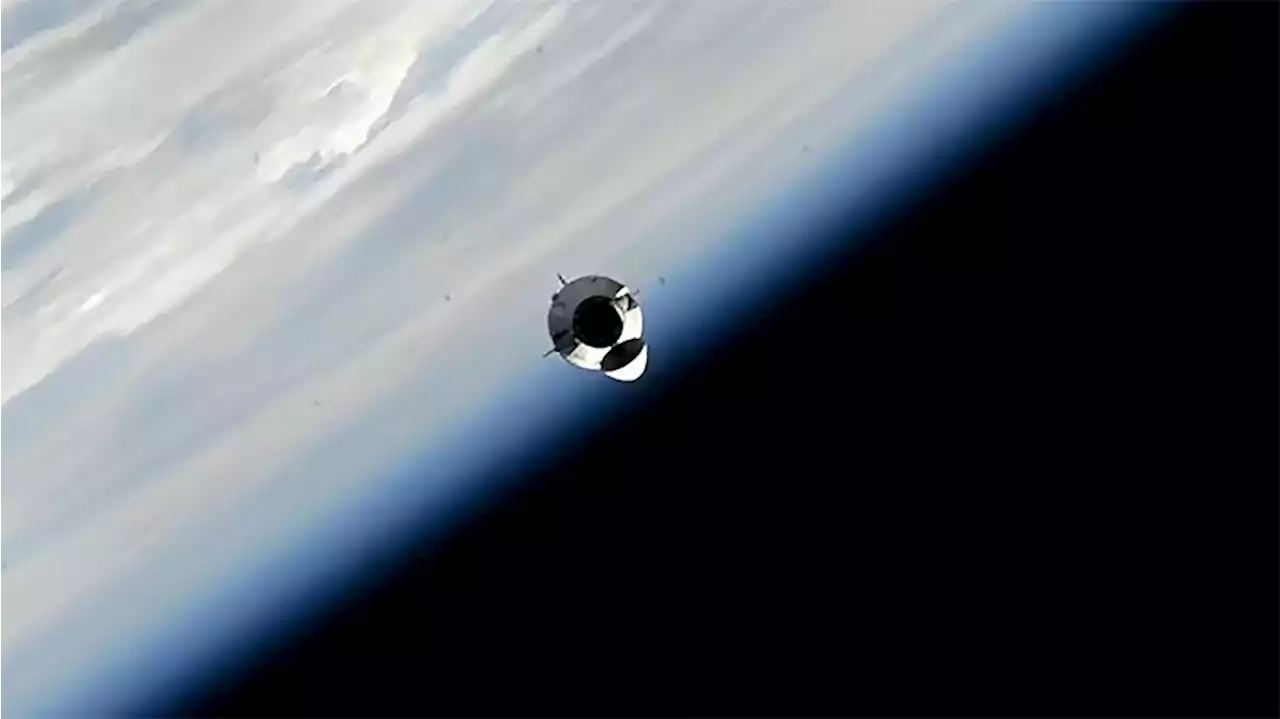NASA uses the International Space Station—a football field-sized spacecraft orbiting Earth—to learn more about living and working in space. For more than 20 years, the space station has provided a unique platform for investigation and research in areas like biology, technology, agriculture, and more. It serves as a home for astronauts conducting experiments, including advancing NASA's space communications capabilities.
known as the Integrated LCRD Low Earth Orbit User Modem and Amplifier Terminal to the space station. Together, ILLUMA-T and the Laser Communications Relay Demonstration , which launched in December 2021, will complete NASA's first two-way, end-to-end laser relay system.
With ILLUMA-T, NASA's Space Communications and Navigation program office will demonstrate the power offrom the space station. Using invisible infrared light, laser communications systems send and receive information at higher data rates. With higher data rates, missions can send more images and videos back to Earth in a single transmission. Once installed on the space station, ILLUMA-T will showcase the benefits higher data rates could have for missions in low Earth orbit.
"Laser communications offer missions more flexibility and an expedited way to get data back from space," said Badri Younes, former deputy associate administrator for NASA's SCaN program."We are integrating this technology on demonstrations near Earth, at the moon, and in deep space." In addition to higher data rates, laser systems are lighter and use less power—a key benefit when designing spacecraft. ILLUMA-T is approximately the size of a standard refrigerator and will be secured to an external module on the space station to conduct its demonstration with LCRD.—22,000 miles from Earth—by beaming data between two ground stations and conducting experiments to further refine NASA's laser capabilities.
Australia Latest News, Australia Headlines
Similar News:You can also read news stories similar to this one that we have collected from other news sources.
 See Hurricane Idalia from space: Satellite views from International Space Station show storm off Florida coastHurricane Idalia is expected to make landfall on Florida's Gulf Coast on Wednesday.
See Hurricane Idalia from space: Satellite views from International Space Station show storm off Florida coastHurricane Idalia is expected to make landfall on Florida's Gulf Coast on Wednesday.
Read more »
 Hurricane Idalia's Florida approach seen from space in breathtaking video from NASA, Space Station: WATCHThe International Space Station flew over Hurricane Idalia on Tuesday as it churns toward the Gulf Coast of Florida.
Hurricane Idalia's Florida approach seen from space in breathtaking video from NASA, Space Station: WATCHThe International Space Station flew over Hurricane Idalia on Tuesday as it churns toward the Gulf Coast of Florida.
Read more »
 NASA shares live footage of Hurricane Idalia from International Space StationNASA astronauts shared footage of Hurricane Idalia as the International Space Station passed over the storm on Wednesday.
NASA shares live footage of Hurricane Idalia from International Space StationNASA astronauts shared footage of Hurricane Idalia as the International Space Station passed over the storm on Wednesday.
Read more »
 Crew-7 Reaches the International Space StationSpaceX Crew-7, the next group of four astronauts, are now on board the International Space Station, and this diverse crew is definitely putting “International” in the ISS. The new crew hails from four different countries: the US, Denmark, Japan and Russia. There will be 11 people on board the station for a few days before … Continue reading 'Crew-7 Reaches the International Space Station'
Crew-7 Reaches the International Space StationSpaceX Crew-7, the next group of four astronauts, are now on board the International Space Station, and this diverse crew is definitely putting “International” in the ISS. The new crew hails from four different countries: the US, Denmark, Japan and Russia. There will be 11 people on board the station for a few days before … Continue reading 'Crew-7 Reaches the International Space Station'
Read more »
![]() Hurricane Idalia as Seen From the International Space StationNothing quite does the size justice like shooting from space.
Hurricane Idalia as Seen From the International Space StationNothing quite does the size justice like shooting from space.
Read more »
